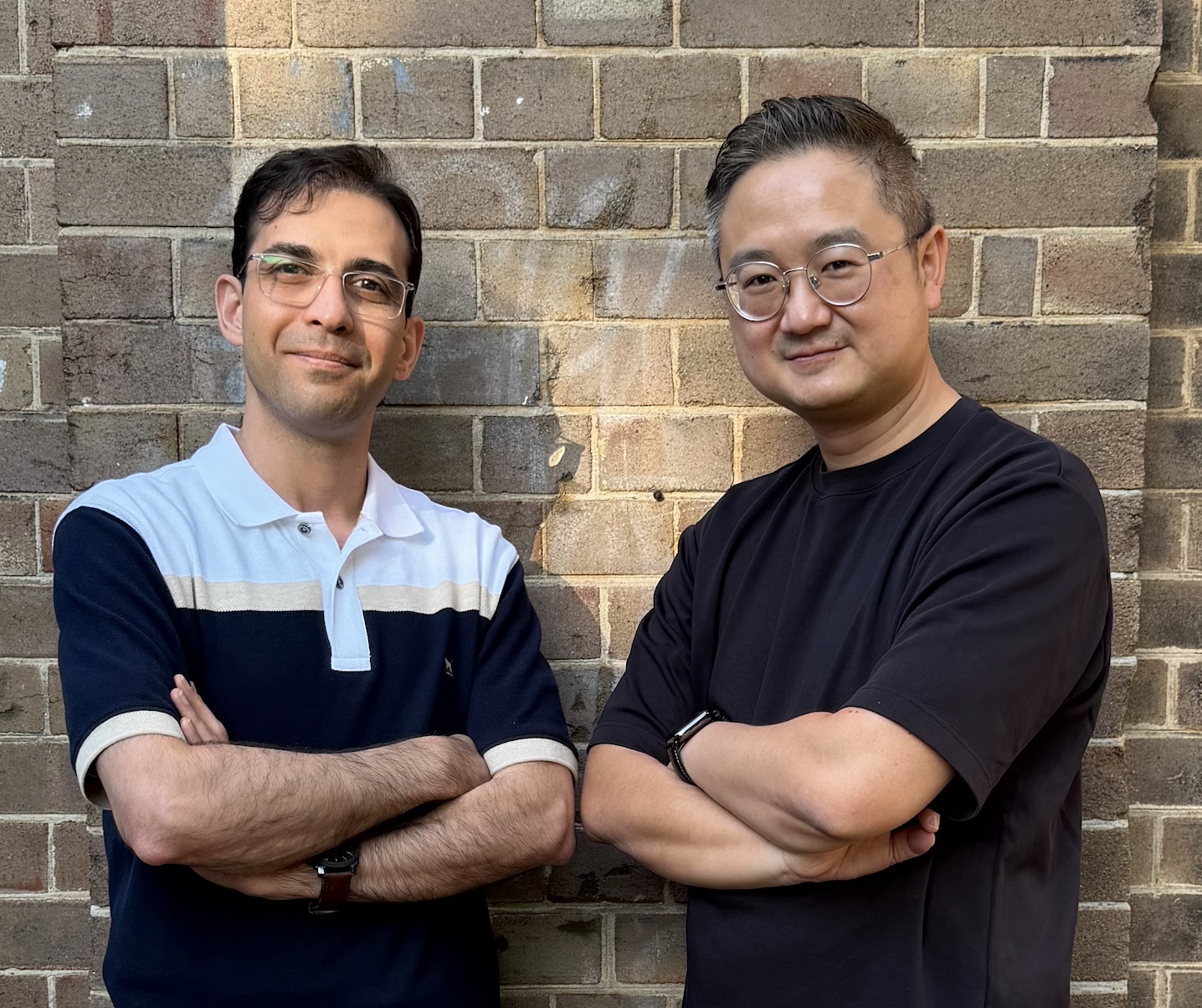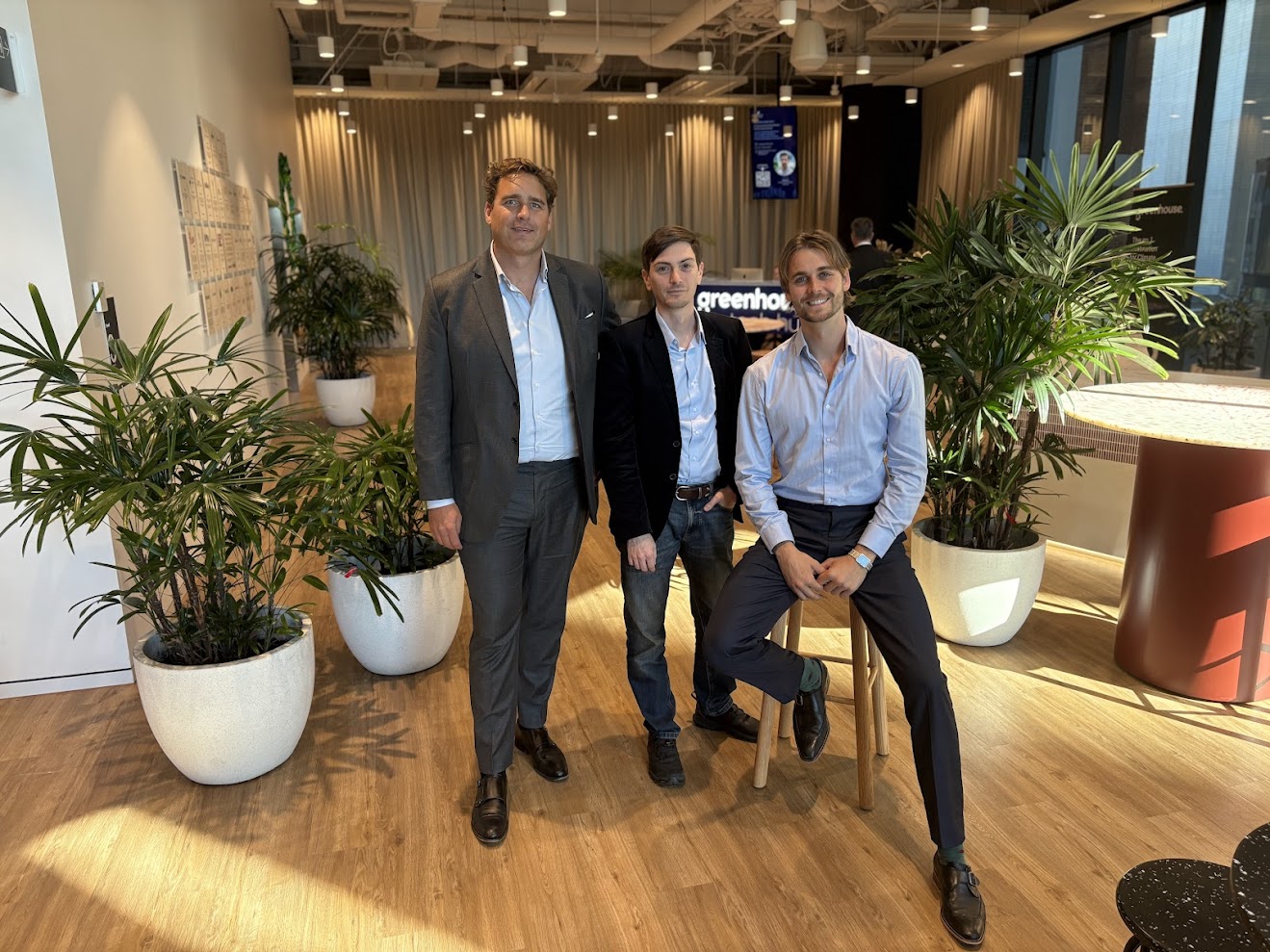
As the world turns toward a more sustainable, resilient future, the importance of climate technology is accelerating. In the past few years, startups across the budding sector have emerged at a rapid rate, and some of the most ambitious founders, operators and researchers have dedicated themselves to building solutions in the space.
Though the sector is still in its relative infancy, Investors understand that this urgent global issue is also a massive opportunity. To fill the gaps created by changes in consumer preferences and climate regulations, ambitious tech startups are innovating more than ever before.
We launched the Investible Climate Tech Fund to support the growth of this essential area of technology. Since climate change transcends any individual sector, we invest in a diverse scope of companies that fall under the United Nations Environmental Programme’s six key sectors. These sectors vary from food and agriculture, to revamping the manufacturing industry, to sustainable energy sources and more.
To understand the landscape of these sectors, and the startups that are creating change within them, we have to start with a dive into the foundations of Climate Tech. In this article, you’ll get an overview of some of the technological developments, innovation areas and other key terms which will orient you to the sector, and the opportunity.

Climate Tech vs. Cleantech
To be fair, this one can fall into semantics, the terms do overlap.
Traditionally, cleantech has been used to describe companies who are environmentally conscious with the design of their new products. Cleantech focuses on increasing performance, productivity, or efficiency while also minimising any negative impacts on the environment.
Investible defines Climate Tech as technologies that are focused directly or indirectly on reducing emissions (mitigation) or addressing the impacts of global warming (adaptation).
Where they differ is that cleantech is much broader, since climate and greenhouse gases are one part of the effects of humans on the planet. There is significant crossover between the two, for example, clean energy and transportation initiatives.
Cleantech focuses on clean water, recycling, and pollution concerns that address the effect humans have on the planet outside of the climate. A Climate Tech company, on the other hand, may focus on carbon capture, afforestation, or agriculture technology.

Mitigation vs Adaptation
With the effects of climate change becoming more prevalent, startups and governments alike have to start thinking about ways to limit Carbon Dioxide emissions, as well as how to adapt to the rising consequences seen across the world.
While mitigation is aimed at the causes of climate change and minimising the potential effects, adaptation works to reduce the negative effects and address problems that require attention.
Common practices of mitigation include reducing the emission of greenhouse gases, shifting towards renewable energy sources, or carbon dioxide removal practices. Examples of adaptation could be infrastructure to combat rising sea levels, controlled wildfires, or favouring drought-tolerant crops.
Despite their differences, mitigation and adaptation are two sides of the same coin. To combat climate change effectively, one cannot exist without the other. Both approaches are necessary.
Circular Economy
Engage Victoria defines Circular Economy as a way to “reduce the environmental impacts of production and consumption while enabling economic growth through more productive use of natural resources”. This allows us to avoid excess waste by capturing the full value of resources used to create goods and provide services.
The Australian startup AirRobe is incorporating a circular model into a previously linear industry: fashion. AirRobe is an online platform that allows users to sell, upcycle, or recycle their second-hand clothing. AirRobe highlights that extending the life of clothes for an extra six months will cause the average person’s carbon footprint to decrease between 13 and 20 percent.

Net Zero
In simple terms, Net Zero is putting in just as much as is taken out. In terms of Climate Tech, the most common example would be greenhouse gas emissions. One of the most common ways to reach net zero is through carbon offsetting. Some of the other methods of reaching net zero include reducing food waste, increasing use of public transportation, or using renewable energy instead of fossil fuels.
Carbon emissions are inevitable, but companies like New-Zealand based Carbon Click, are working with businesses to offset their carbon use through planting trees, preserving rainforests, and harnessing renewable energy sources. Since their founding in 2017, Carbon Click has offset over 50 million kg of CO2, which is the same CO2 savings as 14 wind turbines.
Electrification
Electrification is the process of converting the source of power in a process from fossil fuels or other non-renewable sources to electricity. One of the forerunners in global electrification is Elon Musk’s Tesla, but there are countless startups working on electrification in different sectors. According to Pitchbook, Venture Capital firms globally contributed over $25 billion to start-ups in electrification in 2021 alone.
ZeroJet is on a mission to save marine life by eliminating the need for combustion engines on small watercraft. ZeroJet boats offer a jet propulsion system that has 50% increased performance over a typical combustion engine boat along with many other innovative features.
Another example of an electrification startup having an impact is Brisbane-based Redback Technologies. This startup is using machine learning to help its users get the best value for their money using solar panels. The platform predicts how much energy a customer will use, how much their solar panels will generate, and allocates power in order to reduce their customer’s reliance on fossil fuels.
The startups that we see achieving the greatest success in implementing climate-focused technology, particularly in the sector of electrification, are startups that use this new climate-focused technology to improve the output or experience of the person using it. Often, it is not enough for a startup to have a climate-friendly approach for adoption to be widespread. Widespread adoption stems from the technology a startup produces creating better outcomes for their market as well.

Behavioural Adaptation
In practice, companies that focus on behavioural adaptation focus on helping businesses or individuals adopt more climate-focused practices or lifestyles. This can vary from high-tech business solutions to simple things like environmentally aware packaging for food.
Spot Ship is a global shipping tool that uses machine learning and artificial intelligence to reduce emissions by reducing how long products are on ships and prioritising more efficient vessels. This helps businesses minimise their carbon emissions while shipping and maximises their decision-making ability with easily-accessible information.

Controlled Environment Agriculture
When plants are grown indoors in a controlled environment, there are significant decreases in energy and water use over conventional farming methods. Indoor farms also get rid of the need for pesticides as they don’t have to worry about factors that an outdoor farmer would have to consider.
Sprout Stack is a NSW start-up that helps communities get access to more fresh foods. They use hydroponics and artificial light to grow plants in stackable farms without sacrificing food quality. Companies like Sprout Stack can produce a wide variety of foods, meaning less food will need to be imported from overseas.
Predictive Climate Modelling

Predictive Climate Modelling is based around adapting to current and future environmental challenges. This is especially prominent in the Agriculture industry. Farmers need to stay on top of the increasingly unpredictable weather patterns, including flooding, earthquakes, wildfires, and severe storms. Modelling helps farmers forecast and minimise their risks in an unpredictable environment.
Digital Harvest specialises in maximising yield rates of crops while maintaining a low CO2 impact on the environment. They leverage artificial intelligence to forecast what is most likely to happen with crops in the future so that farmers can take appropriate actions today.
Green Hydrogen
Hydrogen is the smallest, most simple element of the periodic table. Regardless of the way it’s produced, it ends up being the same carbon-free molecule. Most hydrogen is produced through splitting H2O molecules using energy from fossil fuels since it is typically cheaper and more efficient. Green Hydrogen is a movement toward producing hydrogen from reusable energy sources.
Wollongong-based startup Hysata is producing a new type of electrolyser which has the potential to significantly shift the economics of green hydrogen and bring the cost down to a level more similar than non-renewables. Their electrolysis system is 95% efficient, while the industry average is about 75%. This helps them bring their cost per kg of Hydrogen down to $2, close to the national average.
Gigacorn
The term Gigacorn stems from the well-known term “unicorn” which is used to describe privately-held companies valued at over $1B.
But this one isn’t about money. A gigacorn is a business that has lowered or prevented one gigaton, or 1 billion tons, of CO2 emissions.
As of June 2022, there were over 1,100 unicorn companies in the world, but the number of gigacorns? Zero. The entire world combined is emitting 34 gigatons of CO2 each year, so for a single company to reach one gigaton will be incredibly difficult.
German company Plan A claims that with a $10 million investment round, they will be able to become a gigacorn. They run a platform to help quantify, monitor and reduce environmental footprint. So far, they manage over 400 thousand tons of CO2, which is less than .1% of their goal.
Carbon Dioxide Removal

Commonly referred to as negative CO2 emissions, Carbon Dioxide Removal (CDR) is the process where CO2 is removed from the atmosphere. Some of the common methods include afforestation, carbon capture, ocean fertilisation, and agricultural practices that bury CO2 in soil.
Sydney startup Southern Green Gas has created a carbon removal technology that consists of solar powered modules that can capture two tons of carbon dioxide each year. Its modules can be placed into arrays up to a million devices, which can remove the equivalent CO2 as 33 million trees. They store the CO2 deep underground in old fossil fuel deposits or reuse it to produce synthetic fuels.
Backing the growth of Climate Tech
The Climate Tech industry is only growing larger. As more startups rise to fill gaps in the market and create more innovative solutions to a growing problem, we as a wider startup and investment community have an opportunity to participate in its growth. With the ABCs of Climate Tech now on your radar, it’s up to you to spot your opportunities to support the growth of the industry, whether that is as an investor, a founder, a consumer, or a staff or community member.
At Investible, we pride ourselves for being at the forefront of the Climate Tech sector, investing in pre-seed and seed startups across Australia, New Zealand, Southeast Asia and globally. To support the startup community in tackling this growing issue, we started the Investible Climate Tech Fund, an early-stage investment fund investing in founders who are creating high-growth technology enabled companies with a positive climate impact.
If you are a founder entering the Climate Tech space or looking to invest in a more sustainable, resilient future, get in touch!
Written by Cameron Schulz







